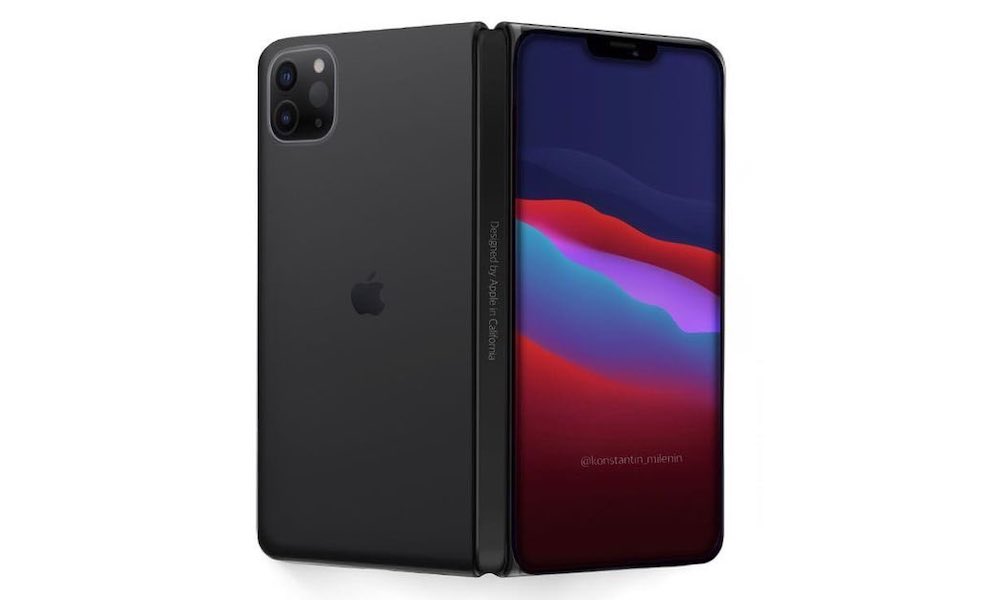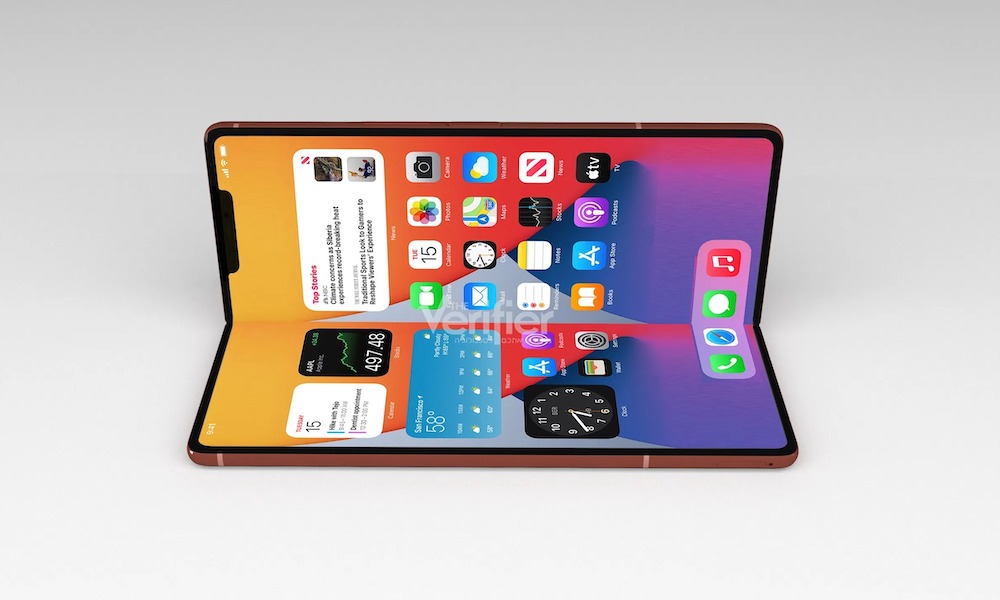This Hidden Factor May Make Apple’s Foldable iPhone Cheaper
 @mi_konstantin / Twitter
@mi_konstantin / Twitter
Toggle Dark Mode
Apple’s upcoming foldable iPhone may cost less to manufacture than previously expected thanks to a significant drop in component prices, Apple industry analyst Ming-Chi Kuo reports.
In a recent report, Kuo said the hinge Apple designed for its foldable handset is expected to have an average selling price (ASP) of around $70–$80 per hinge by the time mass production begins. Earlier estimates put hinge manufacturing costs between $100 and $120.
According to Kuo, the cost decline isn’t from using cheaper materials for the hinge, but from “assembly design optimization” and Foxconn’s influence in production scaling. The iPhone assembly partner has reportedly teamed up with Taiwanese hinge maker Shin Zu Shing (SZS) to fill the majority of Apple’s hinge needs. The new venture will be responsible for about 65% of total hinge orders, while U.S. company Amphenol is expected to provide the remaining 35% of the hinge supply. Kuo said that Foxconn holds a slightly larger piece of the pie in the deal and is “steering future direction.”
Such a large drop in hinge prices could benefit Apple significantly, as foldable smartphones are costly to produce. The mechanical complexity of hinge designs adds substantially to manufacturing costs. A savings of $20–$40 per hinge could boost Apple’s margins — or give it flexibility to price the iPhone Fold more competitively against more established foldable rivals like Huawei and Samsung.
Kuo indicated that Luxshare-ICT, which is one of Apple’s fastest-growing manufacturing partners, could join as an additional hinge supplier sometime after 2027, adding some competition that could push hinge costs even lower.
The hinge mechanism used in a foldable smartphone is a critical component, since it directly affects the screen’s motion and the product’s long-term durability. Apple hopes to differentiate the iPhone Fold by setting a new benchmark for durability. Reports have indicated the company has been rigorously testing hinge designs for at least seven years.
Apple has reportedly considered hinge designs ranging from stainless steel and Liquid Metal hinges to lighter aluminum and titanium alloys. Kuo had earlier suggested that the hinge design would integrate both stainless steel and a titanium alloy, while other rumors have indicated that Liquid Metal would be used in the hinge structure, not only enhancing hinge durability but also providing a smoother folding experience for users.
Apple had initially targeted a hinge capable of withstanding up to 100,000 folds, which is more than double the number of folds for most laptop hinges. However, Samsung has already beaten that target for hinges, creating hinges that can endure over 200,000 folds, forcing Apple to step up its game.
Apple’s first foldable iPhone is expected to hit store shelves in the fall of 2026, alongside the iPhone 18 Pro, iPhone 18 Pro Max, and iPhone Air 2; several reports suggest the entry-level iPhone 18 will be delayed into early 2027, launching alongside a new budget iPhone 18e.
[The information provided in this article has NOT been confirmed by Apple and may be speculation. Provided details may not be factual. Take all rumors, tech or otherwise, with a grain of salt.]








